Ebikes
¿Cómo mantener una bicicleta eléctrica? 5 secretos que los principiantes no conocen
Cuando compré mi primera bicicleta eléctrica, me sorprendió su comodidad y eficiencia. Sin embargo, rápidamente me di cuenta de que el mantenimiento adecuado es clave para aprovecharla al máximo. Descuidar el cuidado puede provocar problemas graves. Por ejemplo, los estudios muestran que casi un 48% de las bicicletas Lime compartidas evaluadas tenían problemas mecánicos. Aún más preocupante, el 14% tenía frenos defectuosos y el 12% requería reparaciones urgentes. Estos datos subrayan la importancia del mantenimiento regular. Al priorizar el mantenimiento de tu bicicleta eléctrica, puedes garantizar que sea segura, eficiente y duradera.
Puntos clave
- Cuidar la batería es fundamental. Cárgala después de cada trayecto y mantenla alejada de temperaturas extremas.
- Limpia tu bicicleta eléctrica con frecuencia. Usa herramientas adecuadas y evita productos químicos agresivos.
- Mantén los neumáticos con la presión correcta. Revisa semanalmente y ajusta según el clima y el terreno.
- Inspecciona el motor y el cableado regularmente. Asegúrate de que todo esté bien conectado para evitar fallos.
- Lleva la bicicleta a una revisión profesional dos veces al año. El mantenimiento preventivo ahorra en reparaciones costosas.
Secreto 1: Cuidado avanzado de la batería
Técnicas correctas de carga
Al empezar a usar mi bicicleta eléctrica, subestimé lo importante que era la carga adecuada. Ahora sigo estas prácticas esenciales:
- Uso siempre el cargador original. Es más seguro y evita incompatibilidades.
- Cargo la batería después de cada uso sin dejar que se descargue por completo.
- La cargo en interiores, lejos de materiales inflamables, para mayor seguridad.
Evito cargarla durante la noche, ya que incluso con sistemas de monitoreo, puede haber riesgos.
Protección contra temperaturas extremas
La temperatura afecta directamente al rendimiento de la batería. Aprendí esto al dejar mi bicicleta al sol por horas. Desde entonces:
- Evito exponer la batería a más de 40°C.
- En invierno, la guardo en casa y la dejo templar antes de cargarla.
- Evito conducir en climas extremos para preservar la batería.
Almacenamiento a largo plazo
- Mantengo la batería entre 20% y 80% de carga para evitar degradación (fuente).
- La guardo en un lugar fresco y seco (fuente).
- Reviso el nivel de carga periódicamente y recargo si baja demasiado.
Consejo: Un buen cuidado de la batería mejora tu experiencia de uso y alarga su vida útil.
Secreto 2: Limpieza efectiva de tu bicicleta eléctrica

Herramientas y productos adecuados
Uso una esponja suave o paño de microfibra para el cuadro, y un cepillo pequeño para zonas difíciles. Evito productos agresivos y prefiero agua tibia con jabón suave.
Protección de los componentes eléctricos
No uso mangueras ni hidrolimpiadoras. Limpio las zonas sensibles con un paño húmedo y quito la batería antes de comenzar. Esto me ha evitado averías costosas.
Limpieza de la transmisión
Empiezo quitando la suciedad con un paño húmedo. Luego cepillo la cadena y engranajes con agua jabonosa. Después seco bien y aplico lubricante.
Consejo: Una bici limpia rinde mejor y necesita menos reparaciones.
Secreto 3: Mantenimiento de los neumáticos

Revisión de presión
Reviso los neumáticos cada semana con un manómetro. Ajusto según el terreno y clima (fuente).
| Tarea | Frecuencia | Notas |
|---|---|---|
| Revisar presión | Semanal | Usar manómetro fiable |
| Ajustar presión según terreno | Cuando sea necesario | Menos para terreno difícil |
| Ajustar presión según clima | Estacional | Más en frío, menos en lluvia |
| Cambiar neumáticos gastados | Cuando el dibujo esté bajo | Mejora seguridad |
Inspección de daños
Antes de cada salida, reviso cortes, grietas y desgaste. También observo los flancos por si tienen abultamientos.
Rotación de neumáticos
Roto los neumáticos cada pocos meses para un desgaste uniforme, ya que el trasero se desgasta más rápido.
Consejo: Cuidar los neumáticos mejora la seguridad y el rendimiento.
Secreto 4: Cuidado del motor y sistema eléctrico

Inspección del cableado
Reviso los cables y conexiones con linterna y los aseguro manualmente. Cables sueltos pueden afectar el motor.
Consejo: Una revisión periódica del cableado evita fallos y mantiene la seguridad.
Limpieza del motor
Limpio suavemente con brocha y paño húmedo. Evito el agua directa y presto atención a las rejillas de ventilación.
Nota: Un motor limpio mejora el rendimiento y durabilidad.
Actualizar el firmware
Verifico actualizaciones en la web del fabricante. Estas mejoras optimizan el motor y agregan funciones.
Consejo: Mantener actualizado el software mejora la experiencia de conducción.
Secreto 5: Servicio técnico regular
Revisiones profesionales
Llevo mi bicicleta a revisión cada 6 meses. Revisan motor, batería y otros componentes importantes. Un mantenimiento proactivo mejora el rendimiento (fuente, fuente).
Lubricar partes móviles
Lubrico la cadena, engranajes y otras partes móviles con productos especiales para e-bikes (fuente).
Revisión de frenos y cambios
Verifico antes de cada salida. Escucho ruidos raros y reviso el frenado (fuente). También cuido los cambios para que sean suaves y eficientes.
Consejo: Un mantenimiento regular mejora la seguridad y la experiencia de conducción.
Conclusión
El mantenimiento de una bicicleta eléctrica ha mejorado notablemente mi experiencia. Cuidar la batería, limpieza, neumáticos, motor y revisiones periódicas han sido claves para evitar problemas y alargar su vida útil.
Cuidar tu bicicleta eléctrica garantiza trayectos más seguros y emocionantes. Sigue estos consejos y tendrás una compañera fiel para cualquier aventura.
FAQ
¿Cuál es la presión ideal de neumáticos para una e-bike?
Depende del modelo y el terreno. Para la DYU FF500, uso entre 20-30 PSI para caminos irregulares y 30-40 PSI en asfalto. Consulta siempre la recomendación del fabricante.
¿Con qué frecuencia debo limpiar mi bicicleta eléctrica?
La limpio cada dos semanas o después de circular bajo lluvia o barro. Una pasada rápida tras cada uso también ayuda a mantenerla en buen estado.
¿Puedo usar mi e-bike bajo la lluvia?
Sí, la mayoría son resistentes al agua. Evito la lluvia intensa y seco bien la bici después, especialmente motor y batería.
¿Cómo saber cuándo cambiar la batería?
Cuando noto una caída considerable en la autonomía. Las baterías suelen durar entre 3 y 5 años con buen cuidado.
¿Es necesario un servicio profesional?
Sí, recomiendo una revisión profesional cada 6 meses. Revisan partes clave para garantizar seguridad y rendimiento.
Consejo: El mantenimiento adecuado alarga la vida útil de tu bicicleta eléctrica. Sigue las indicaciones del fabricante para obtener los mejores resultados.


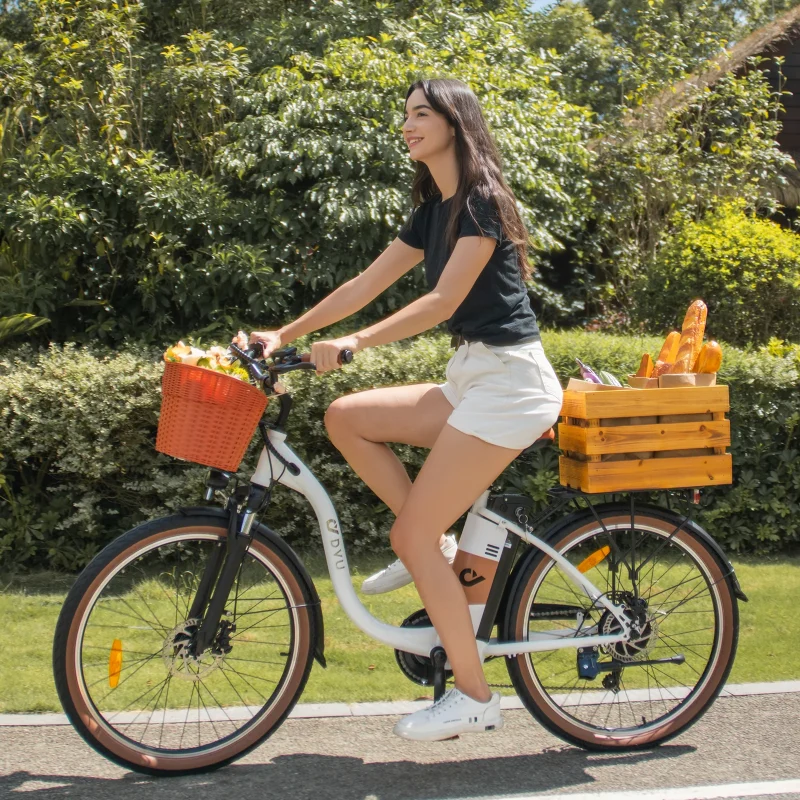
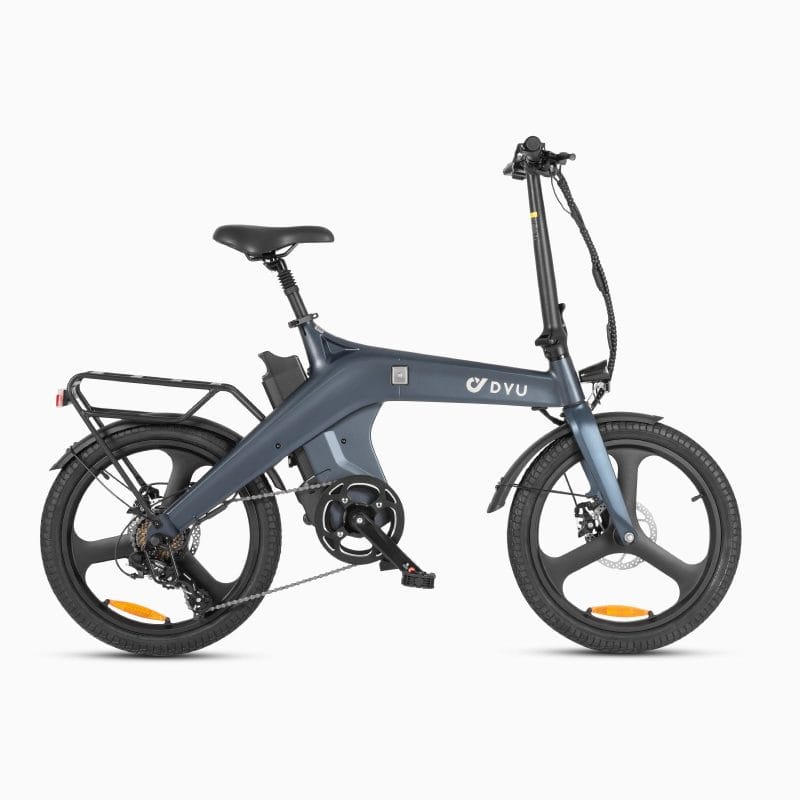
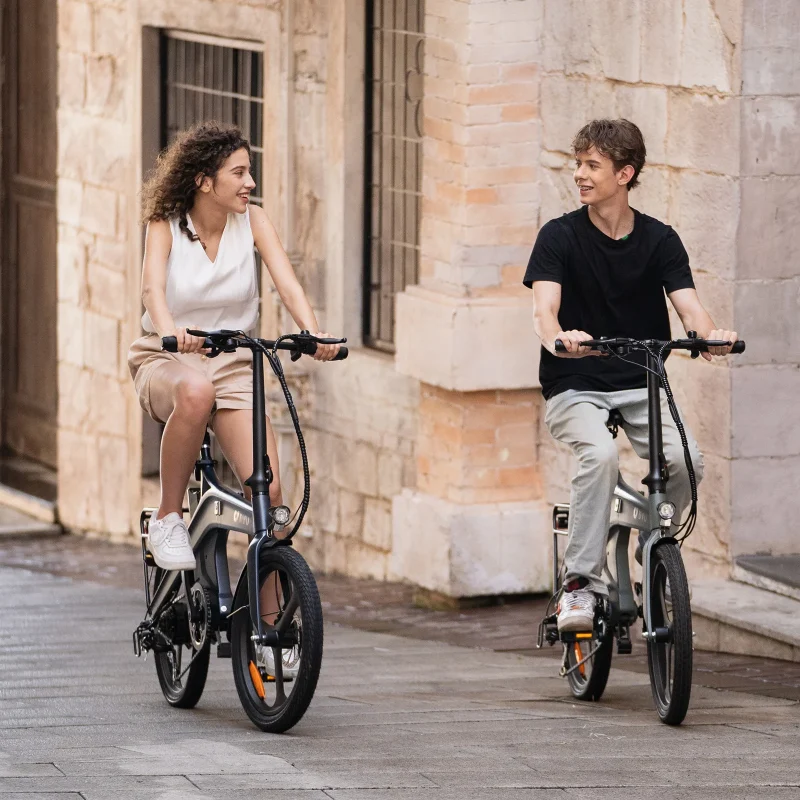
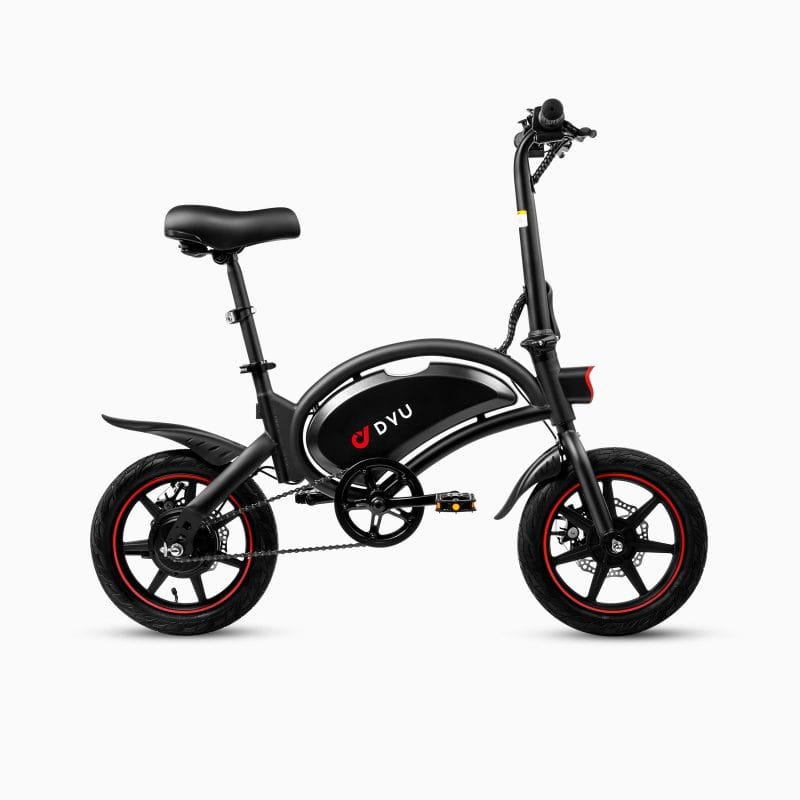
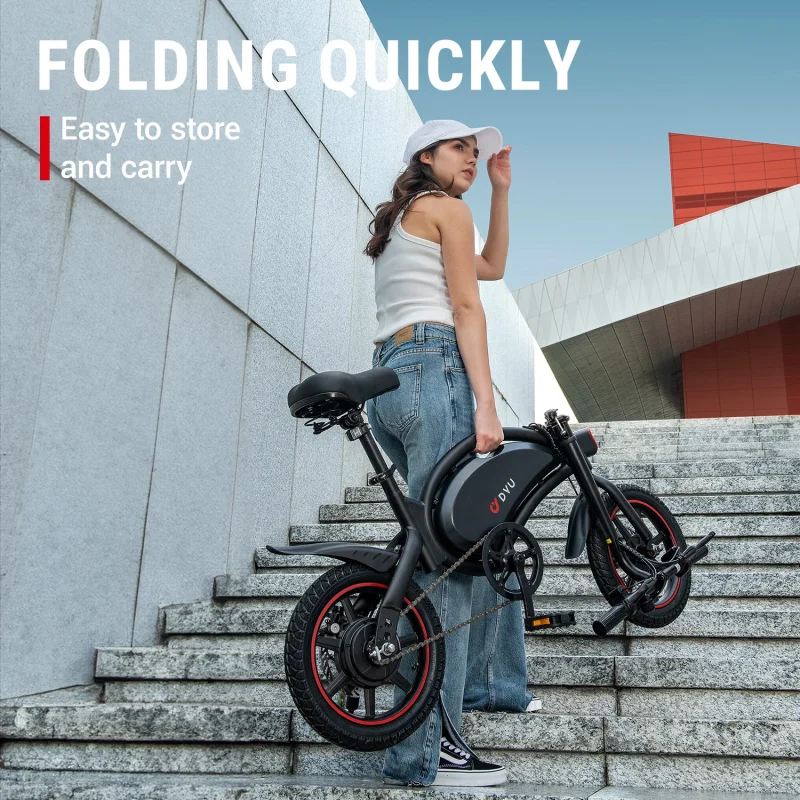
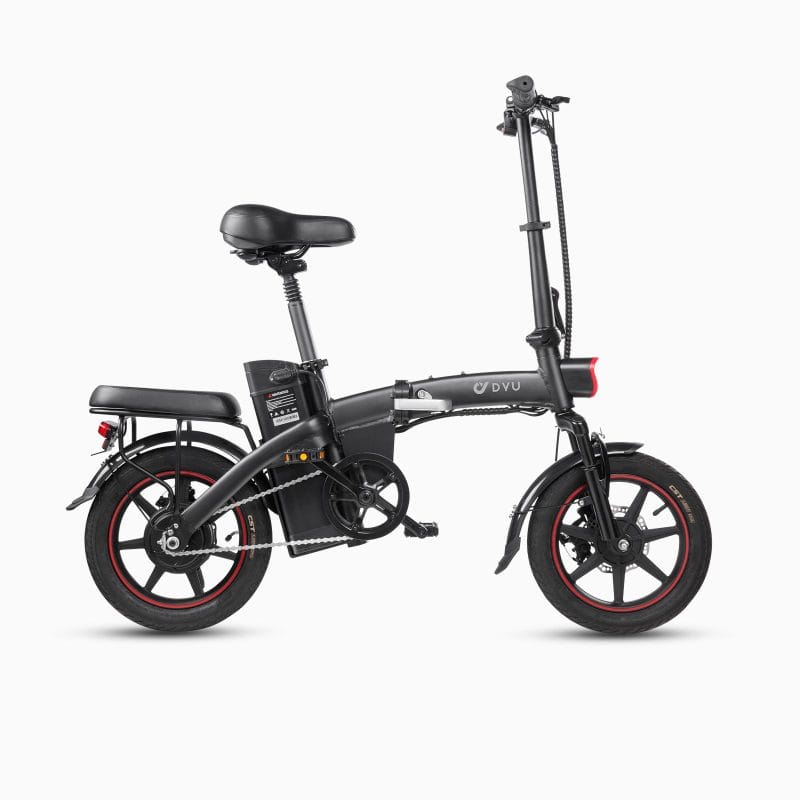
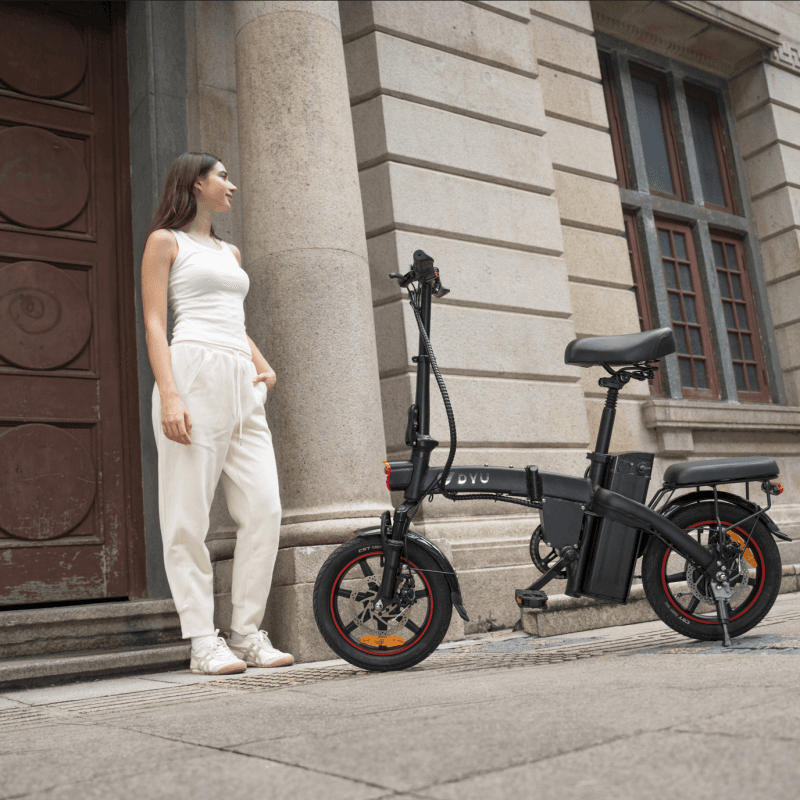
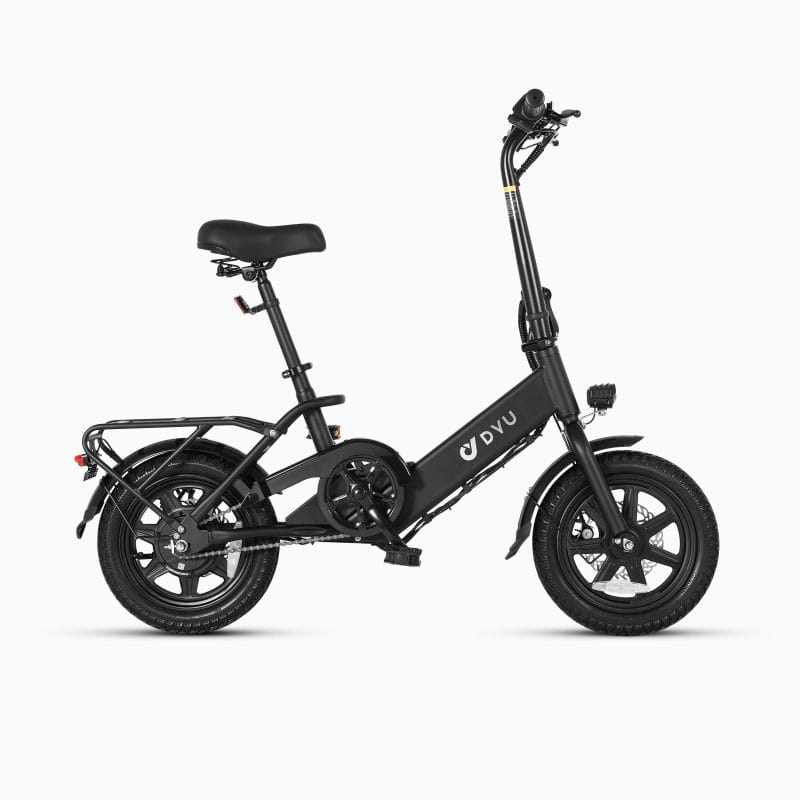
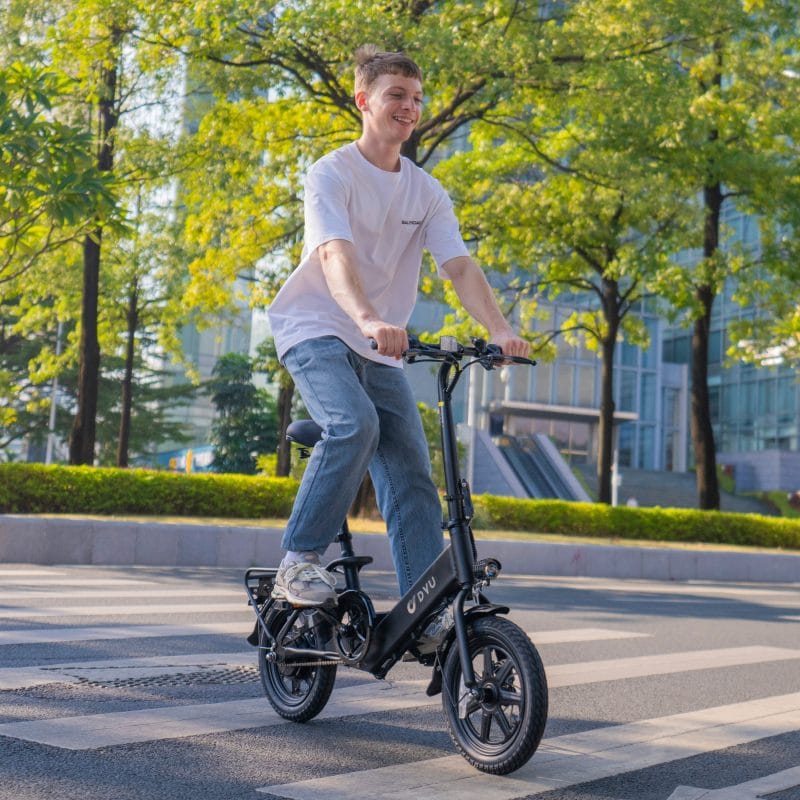
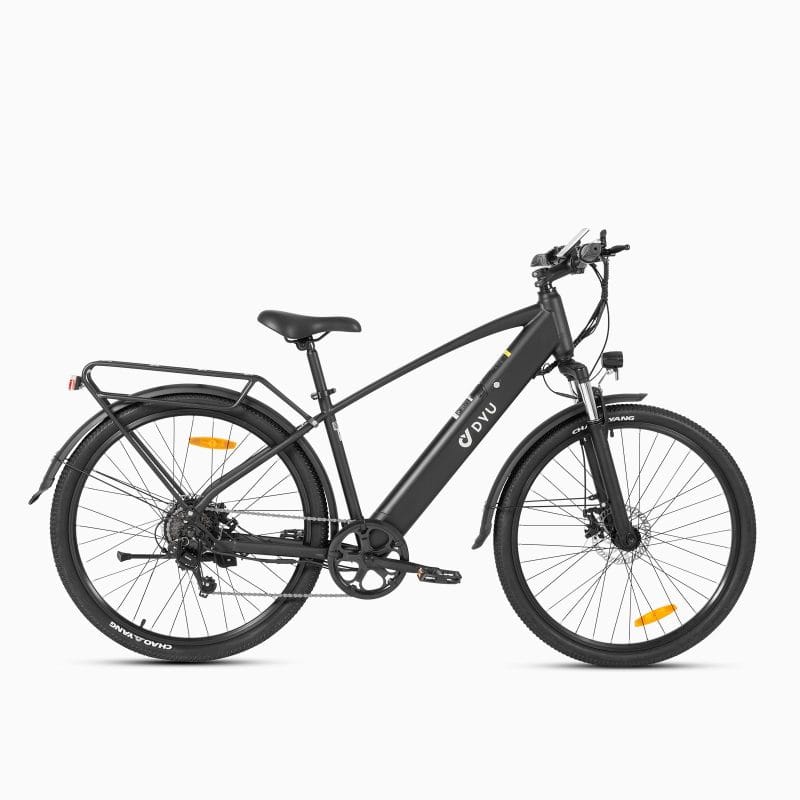
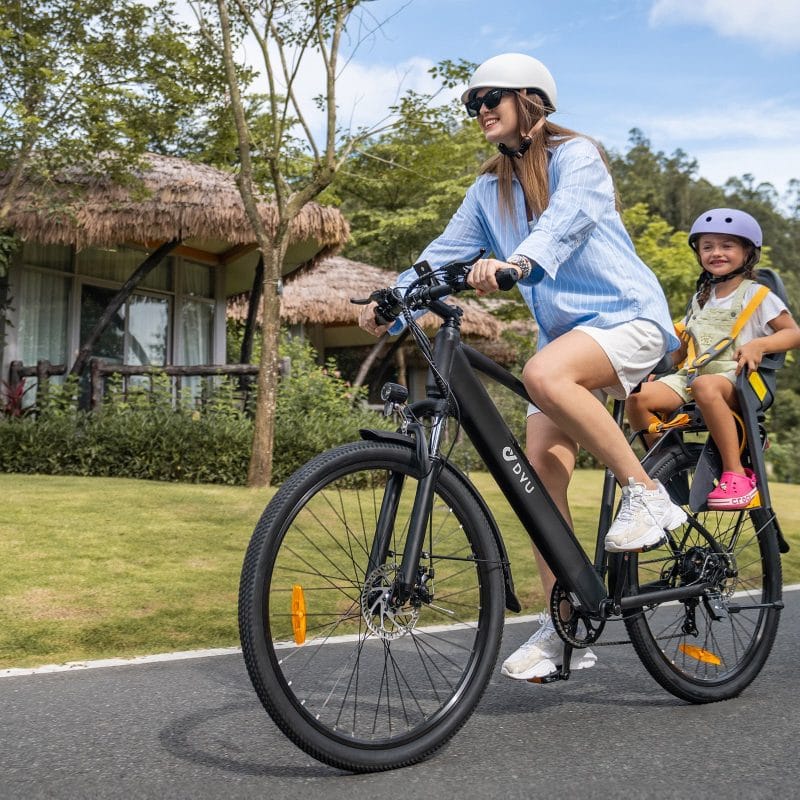
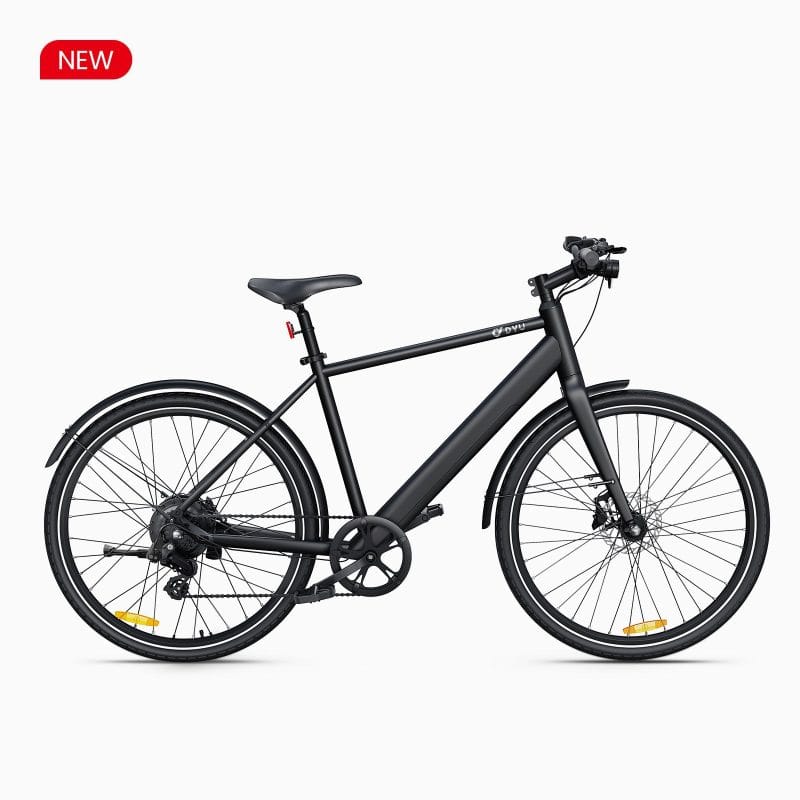
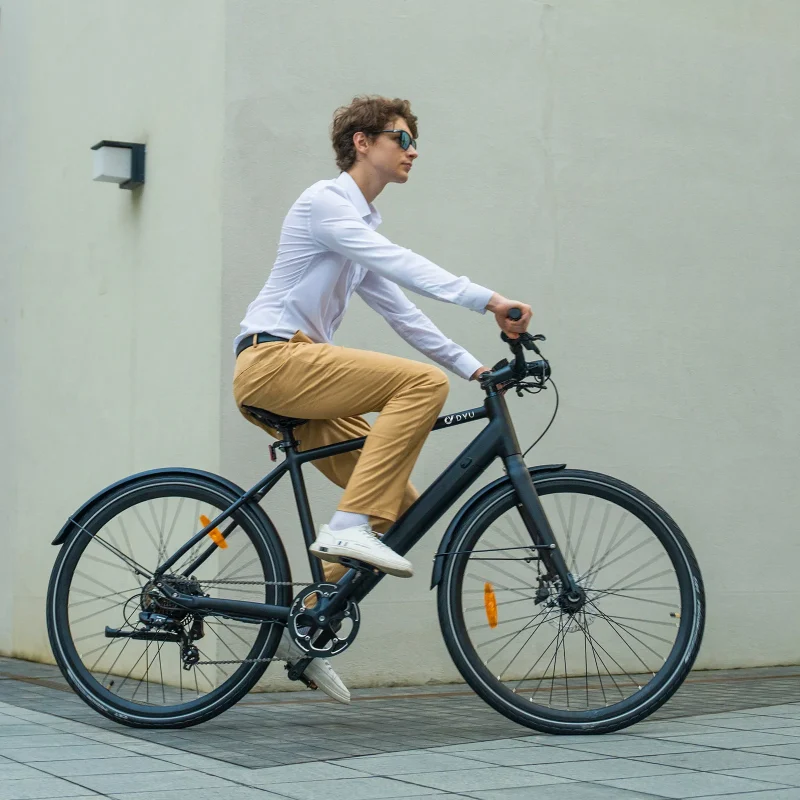
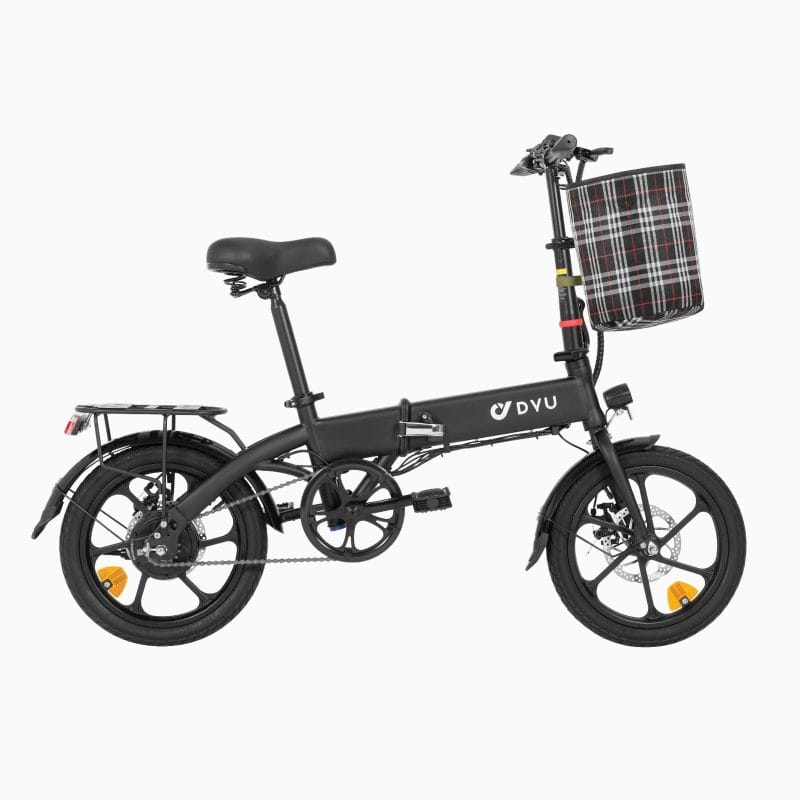
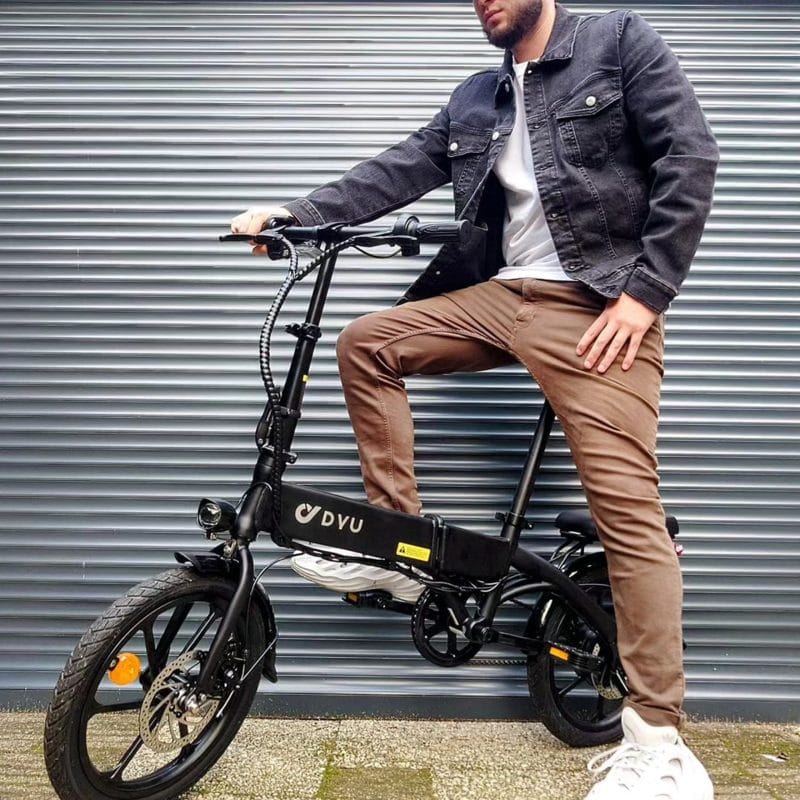
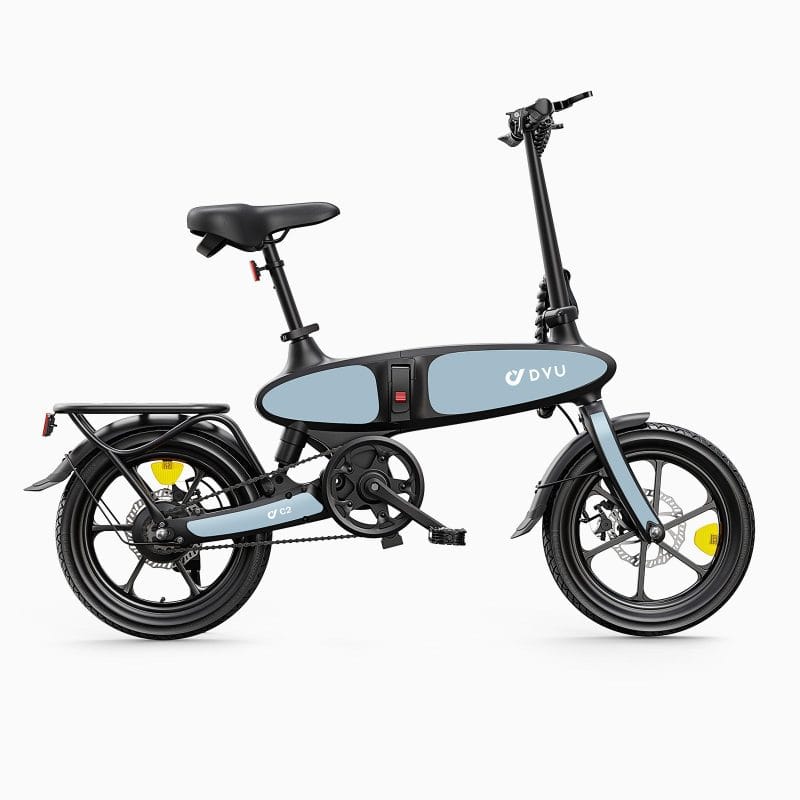
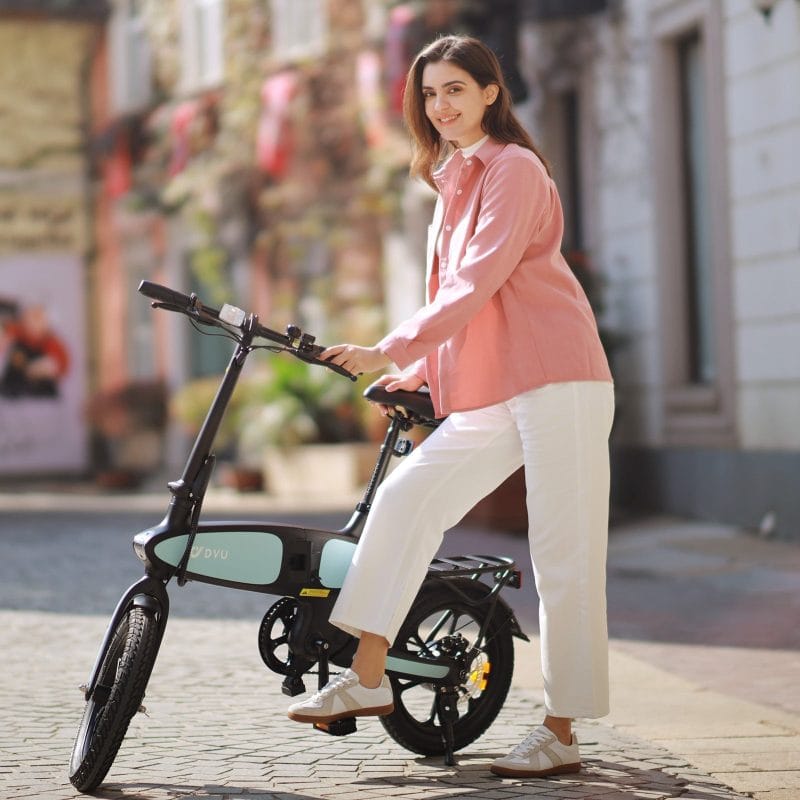
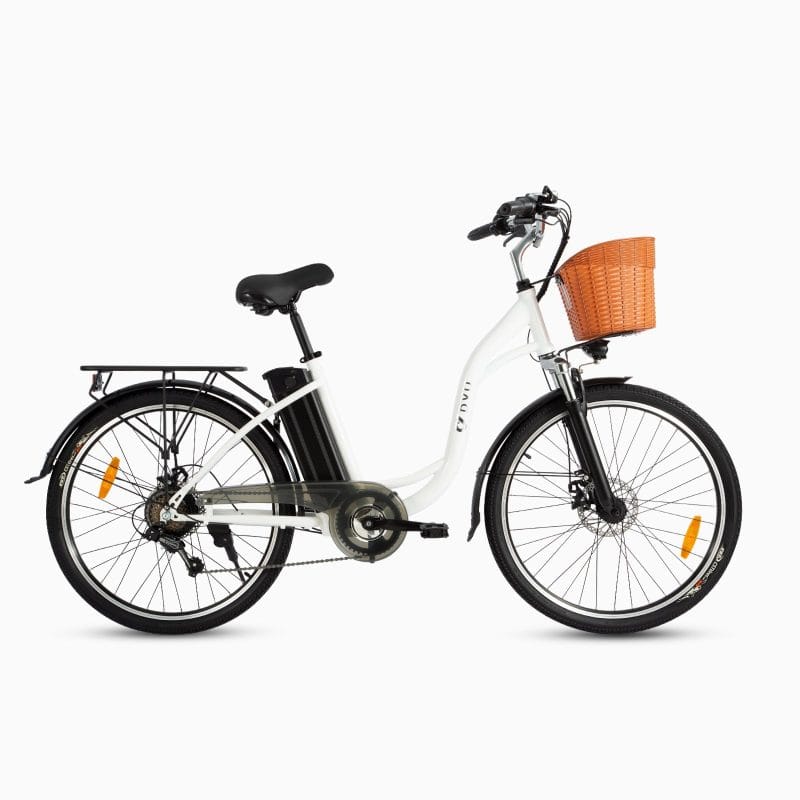

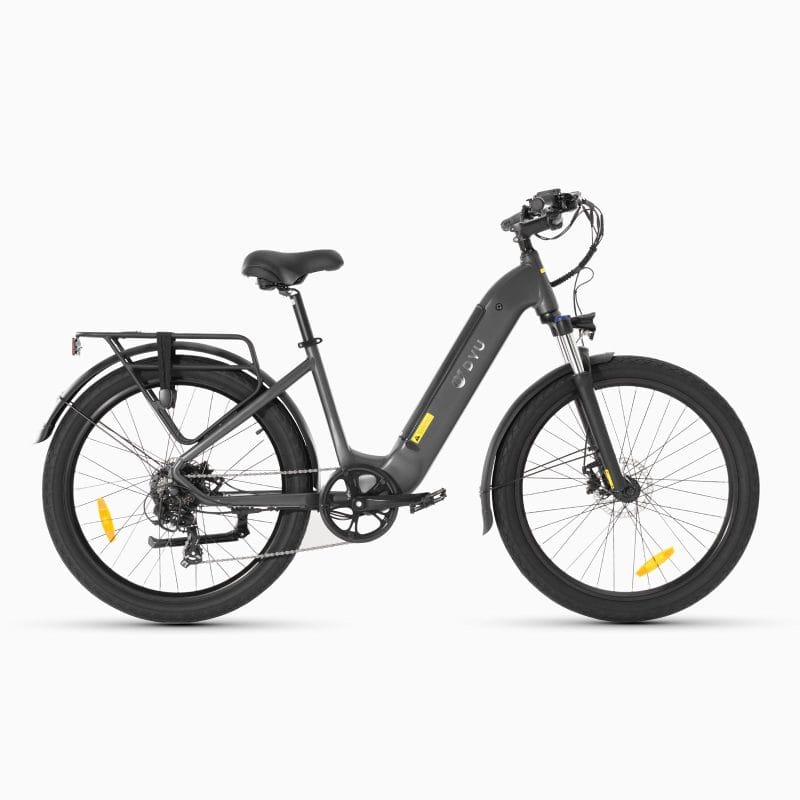
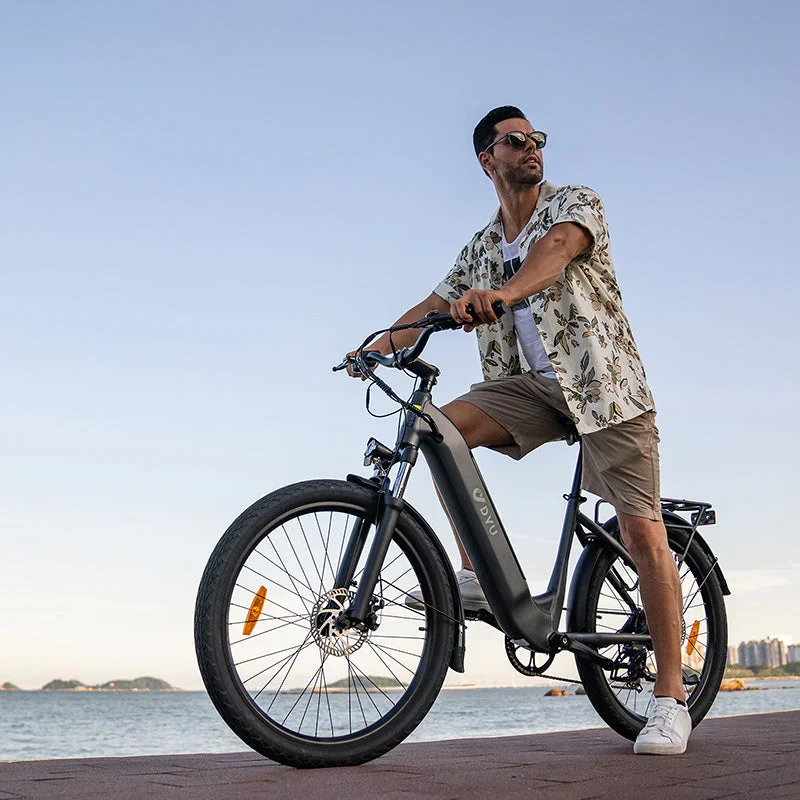
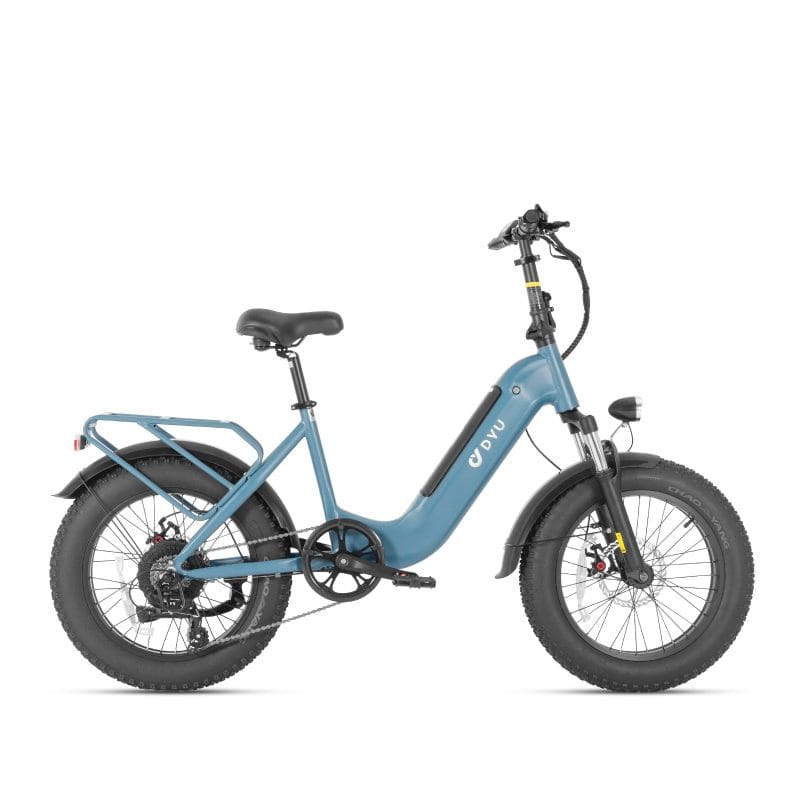
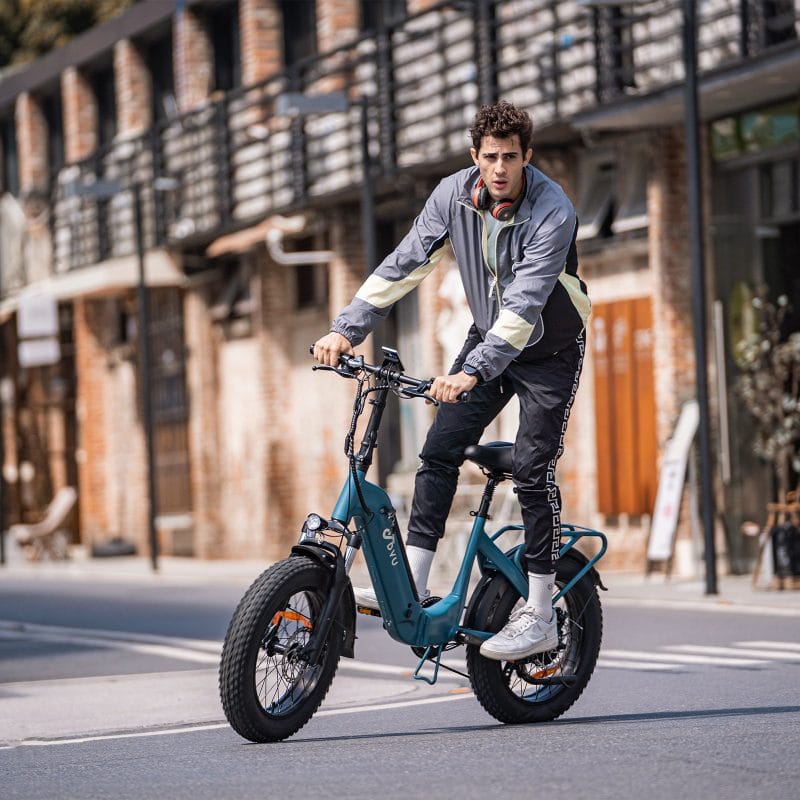

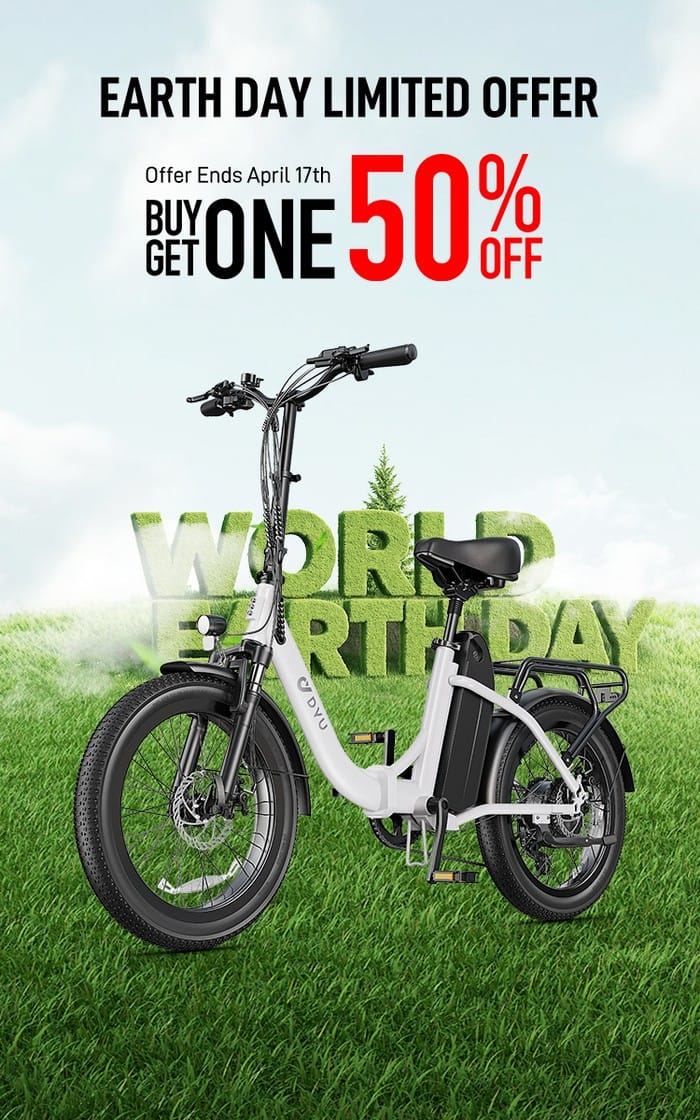

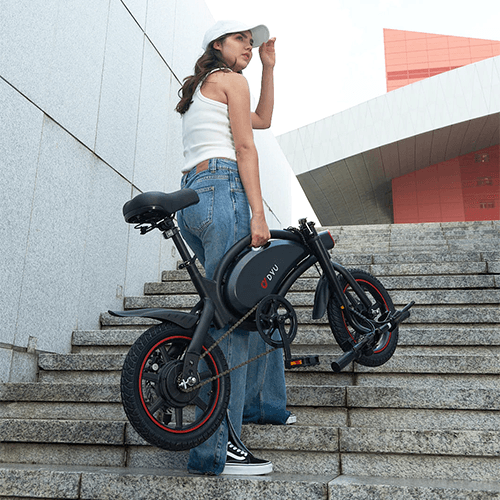
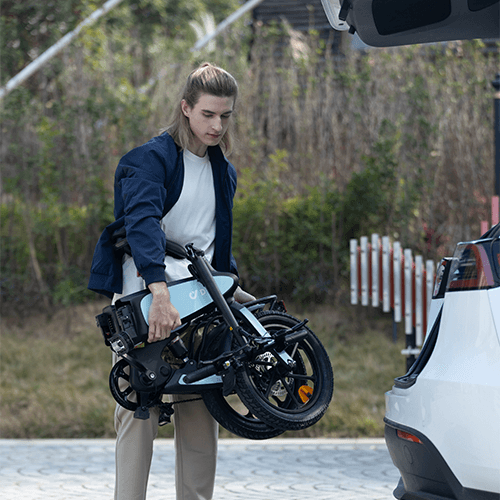
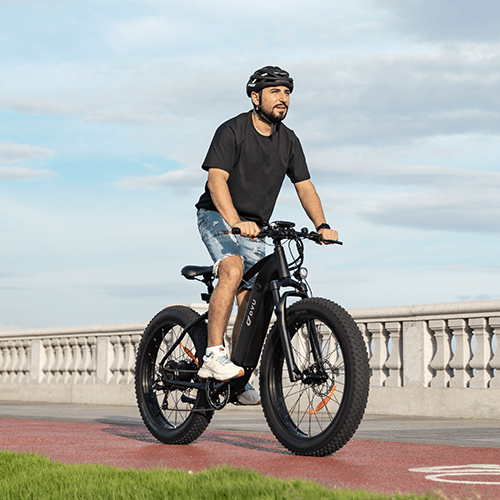
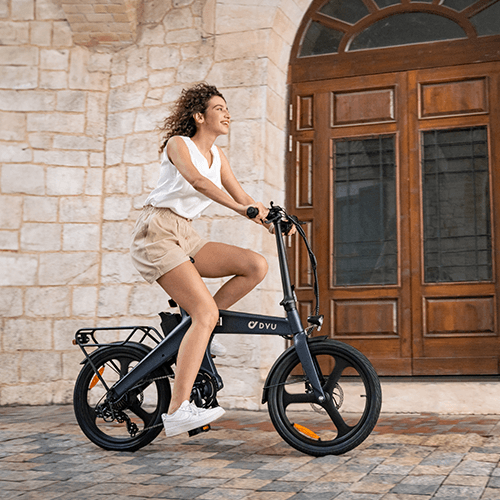

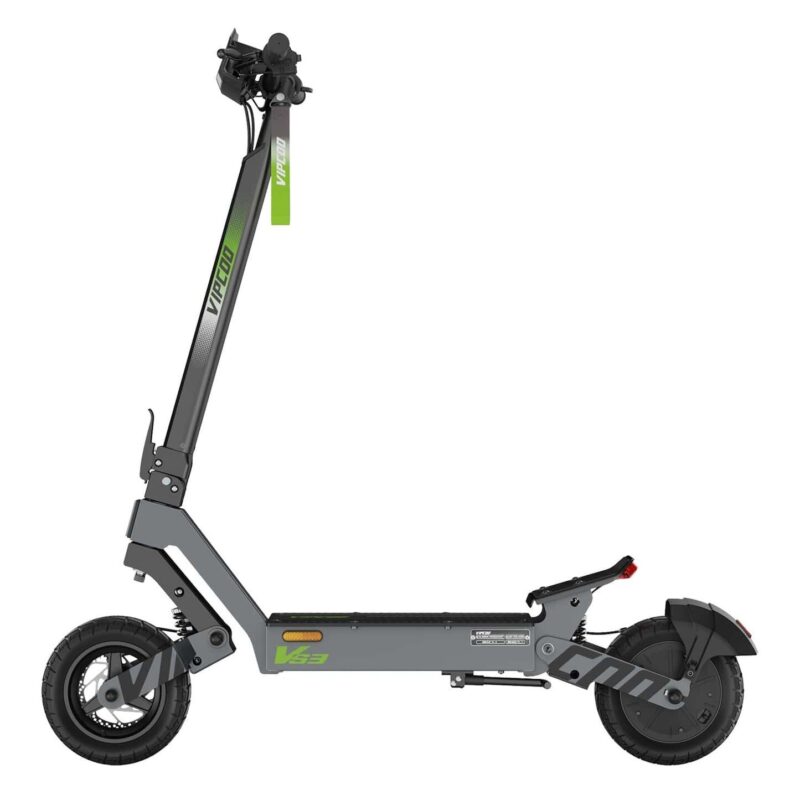
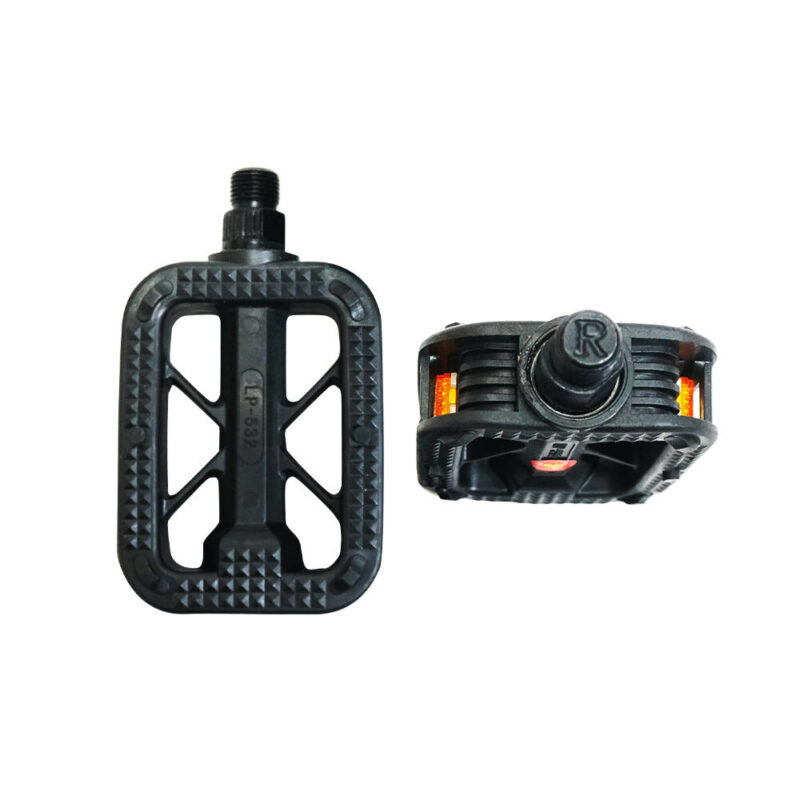

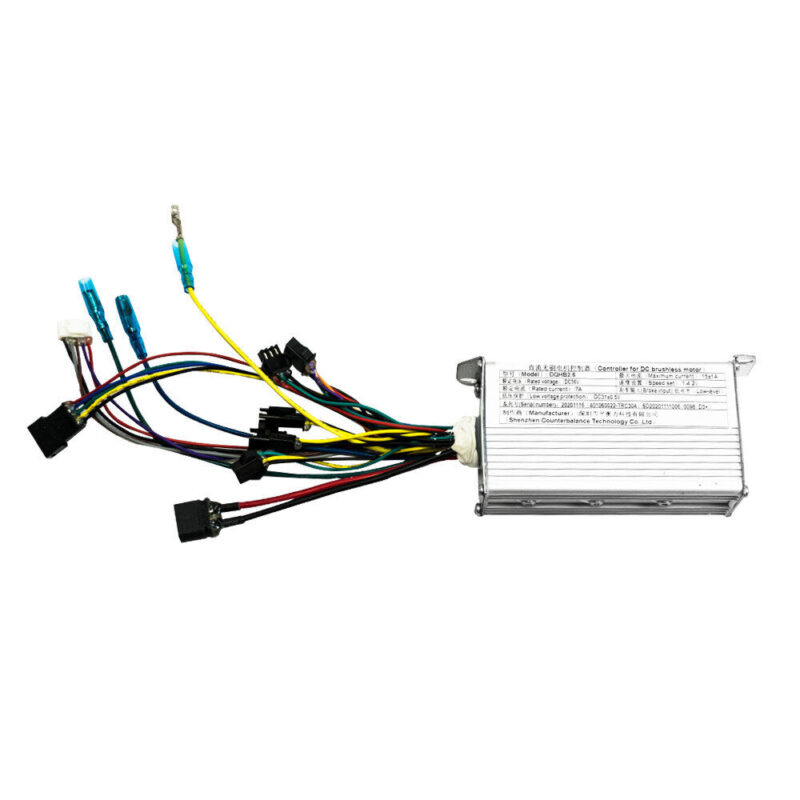
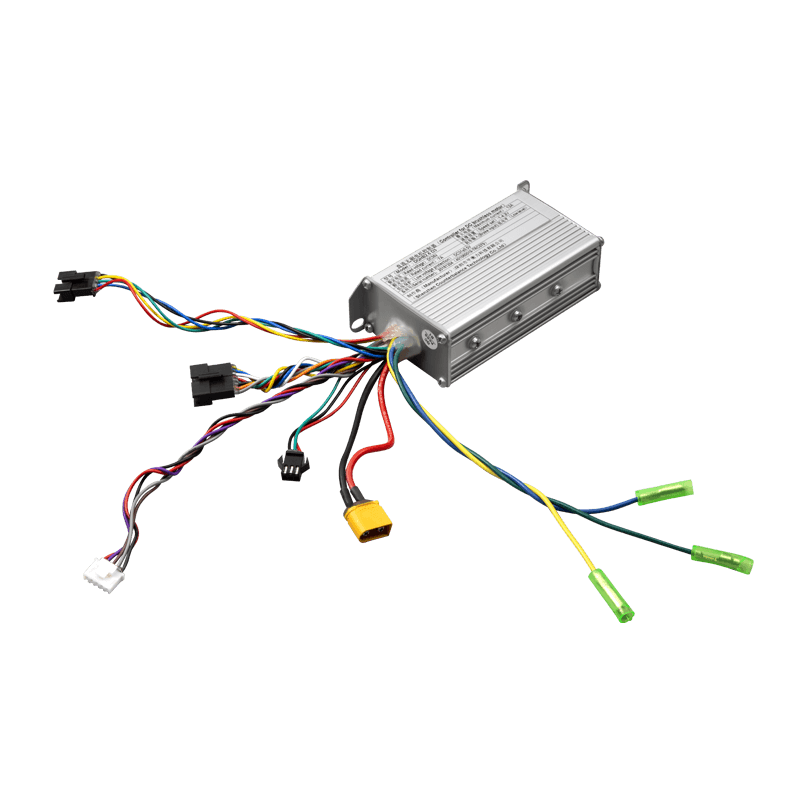
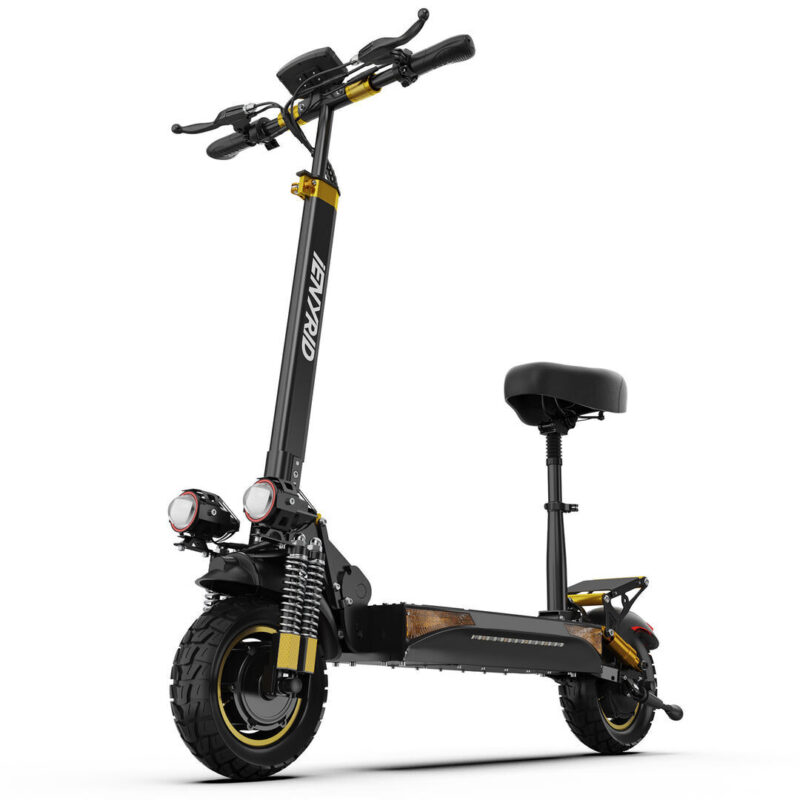
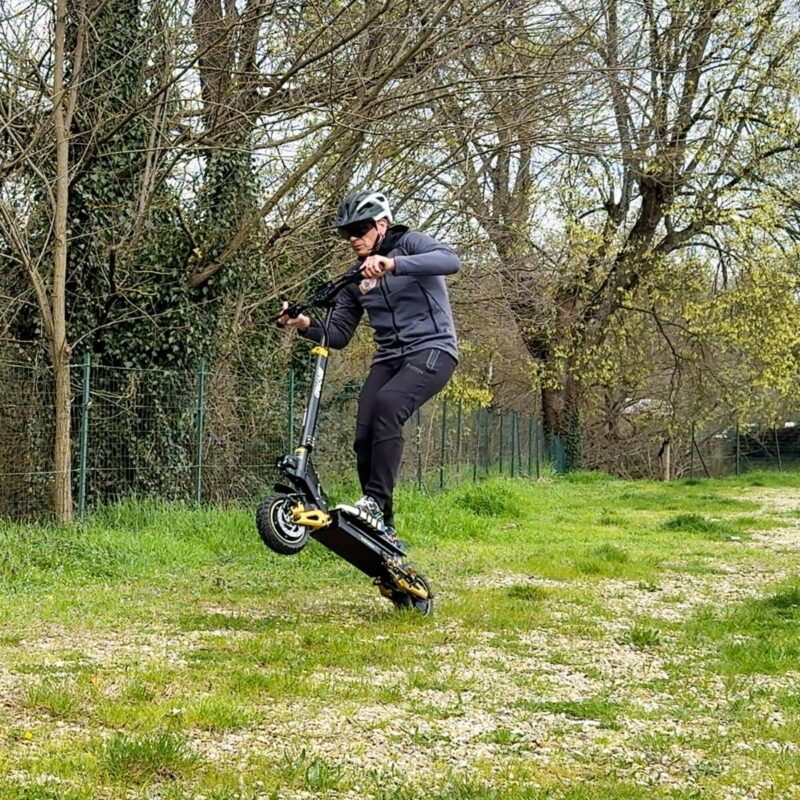
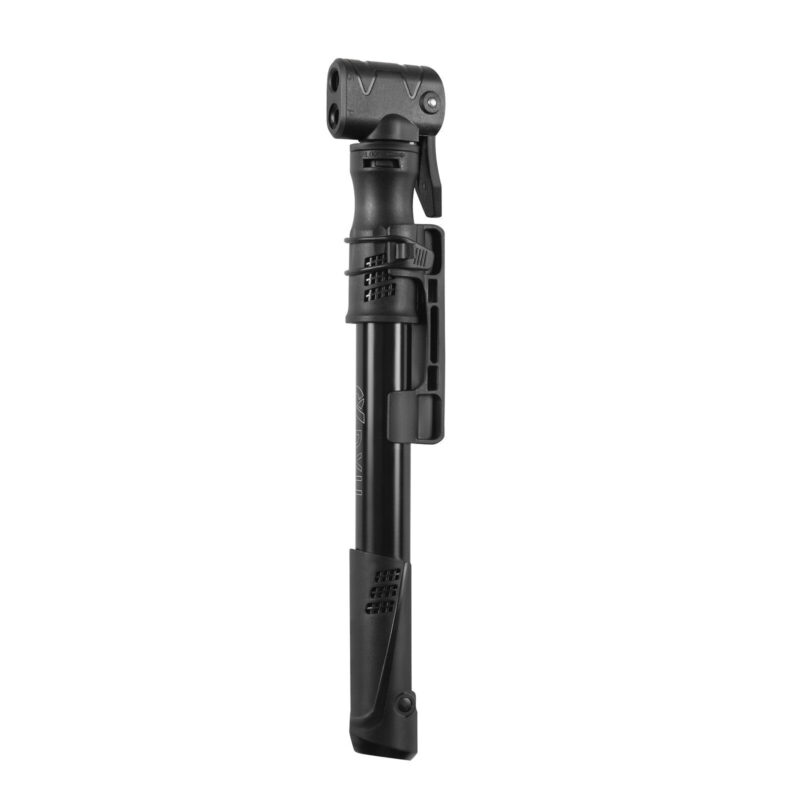
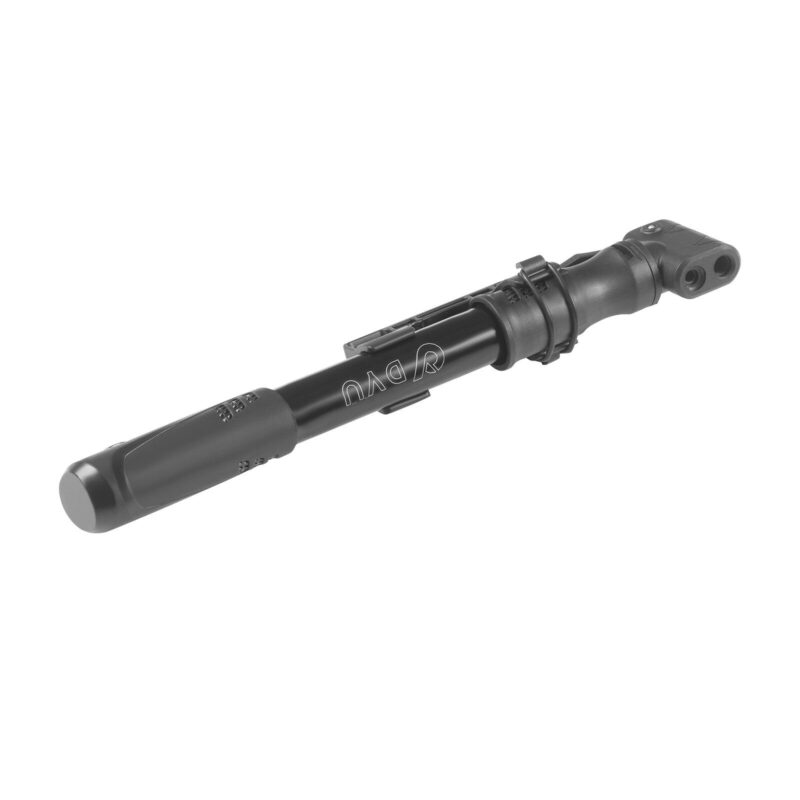

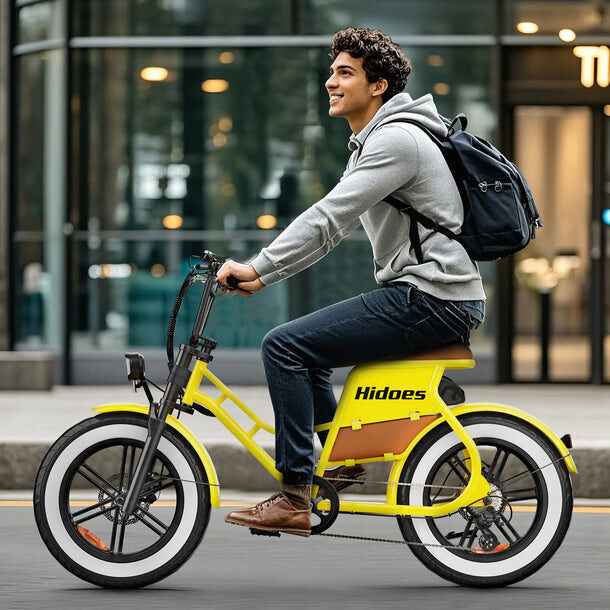
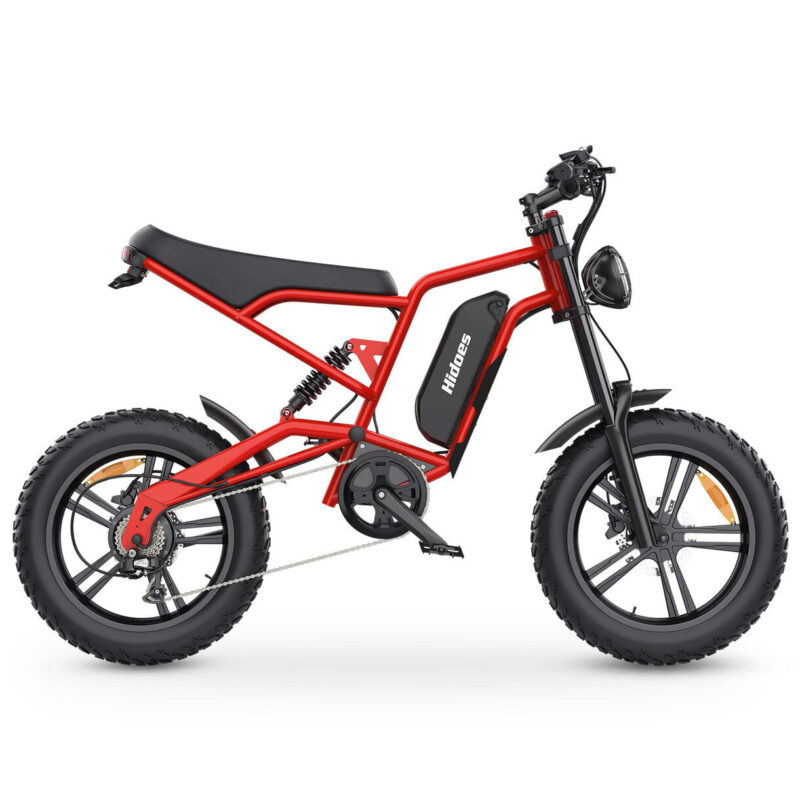
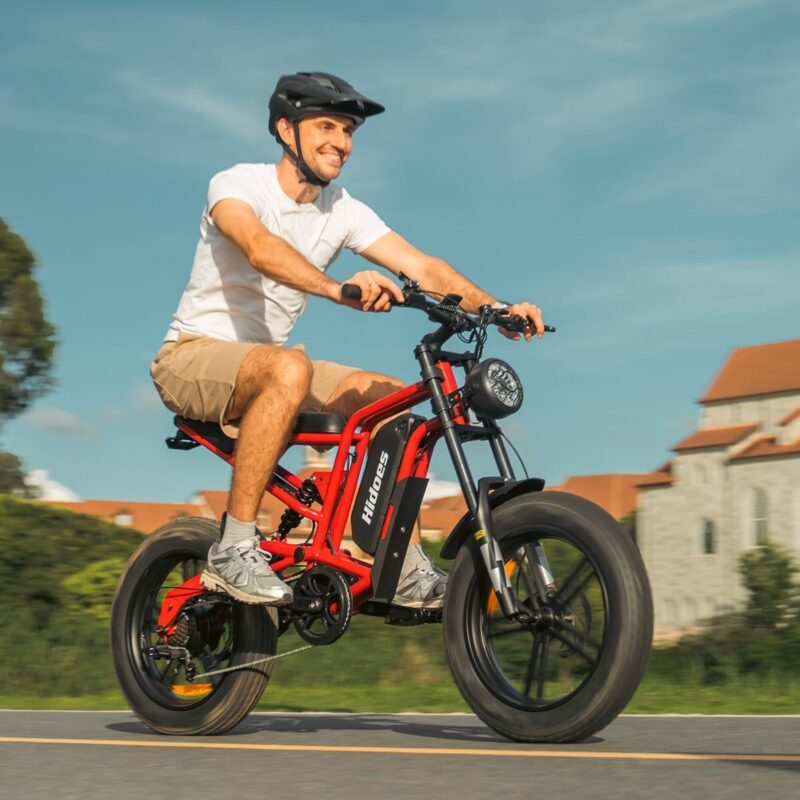
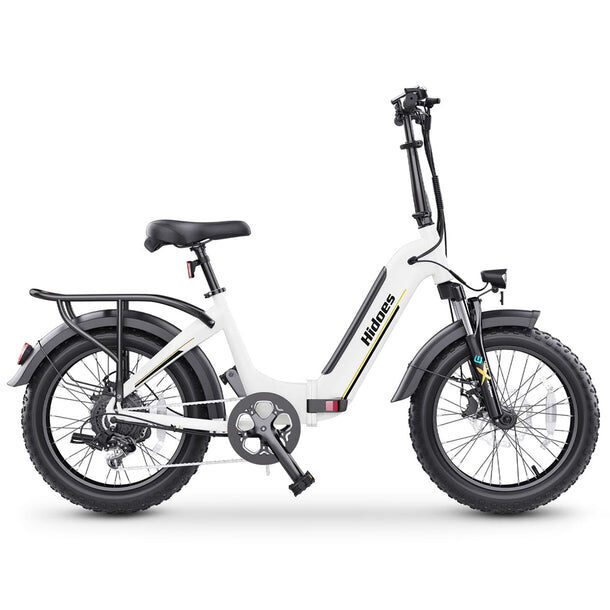
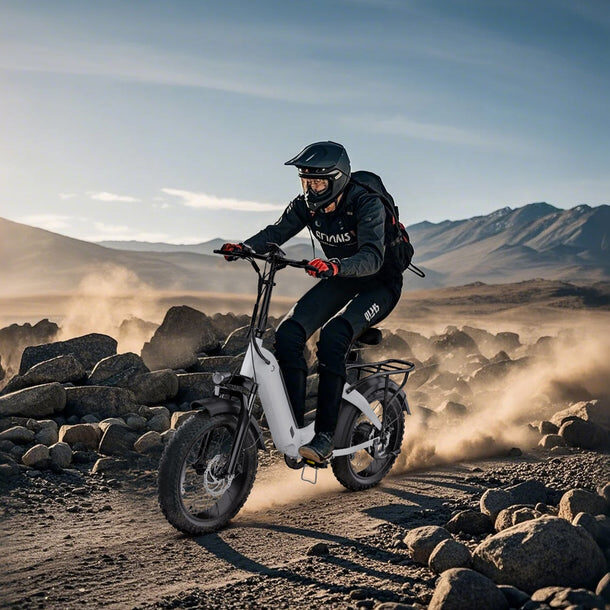
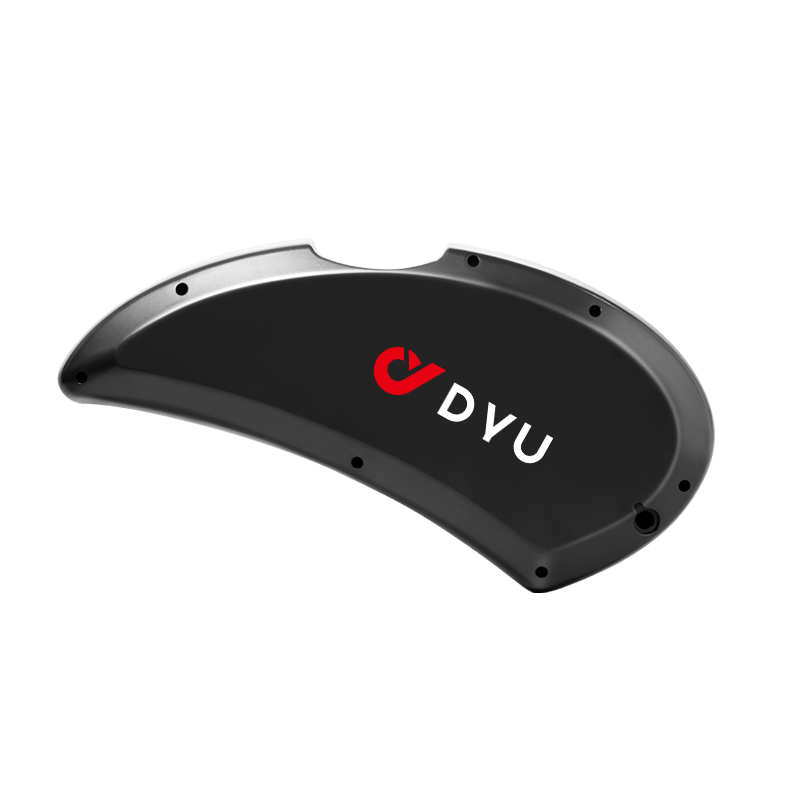
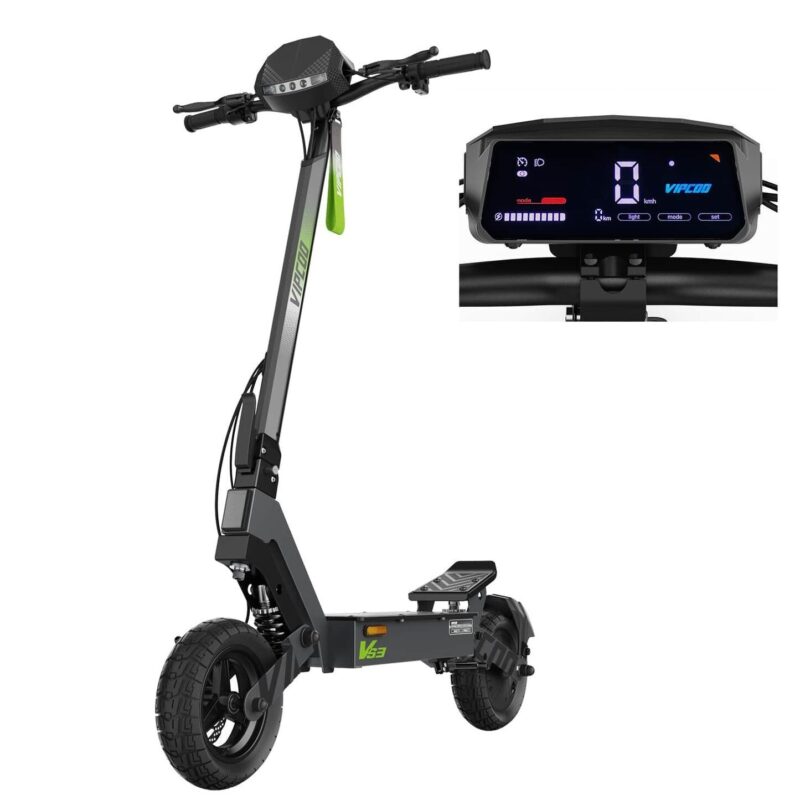
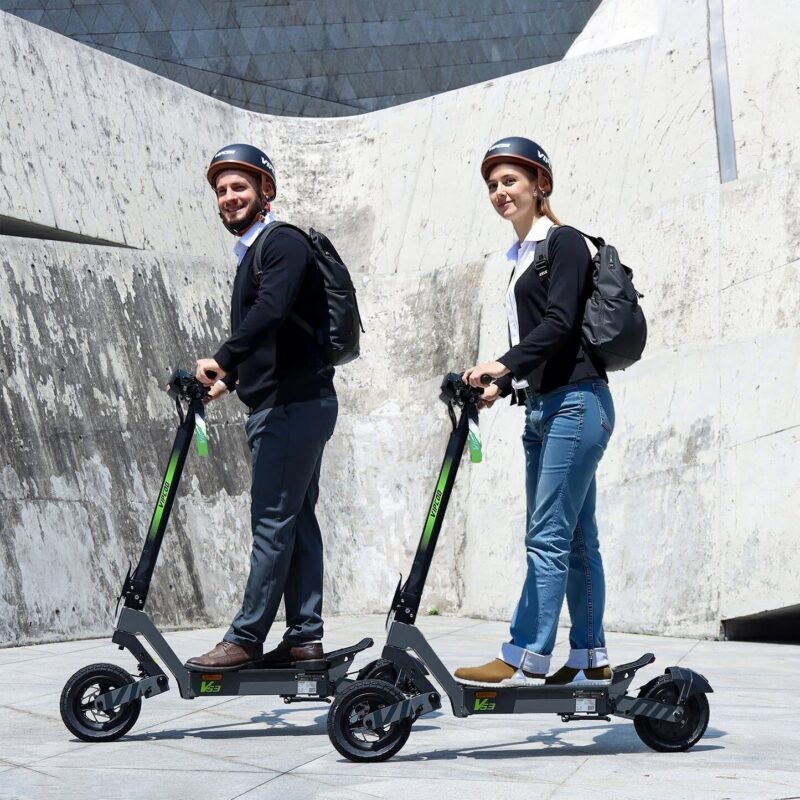
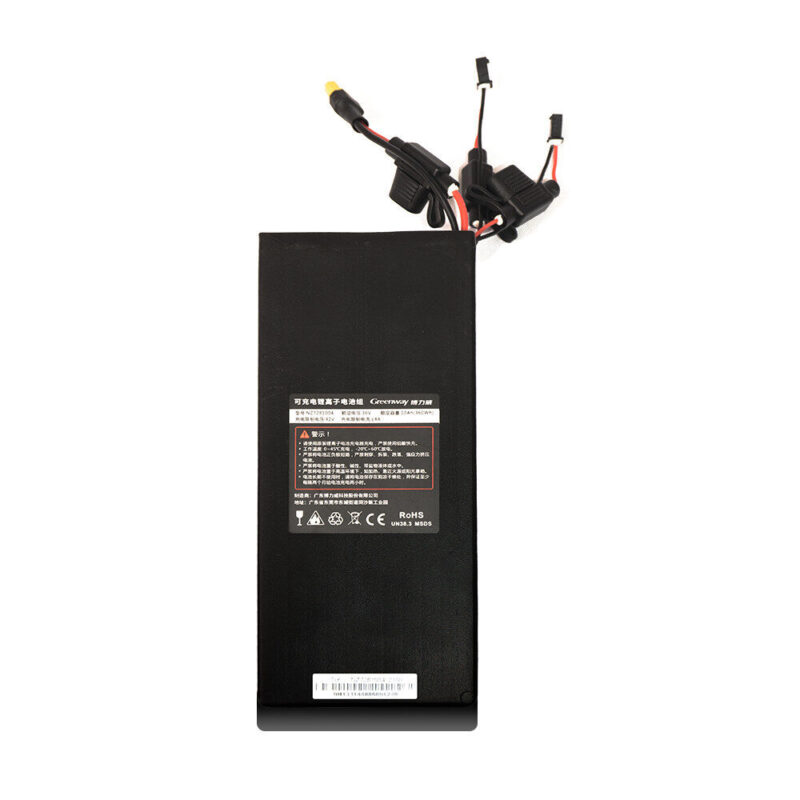
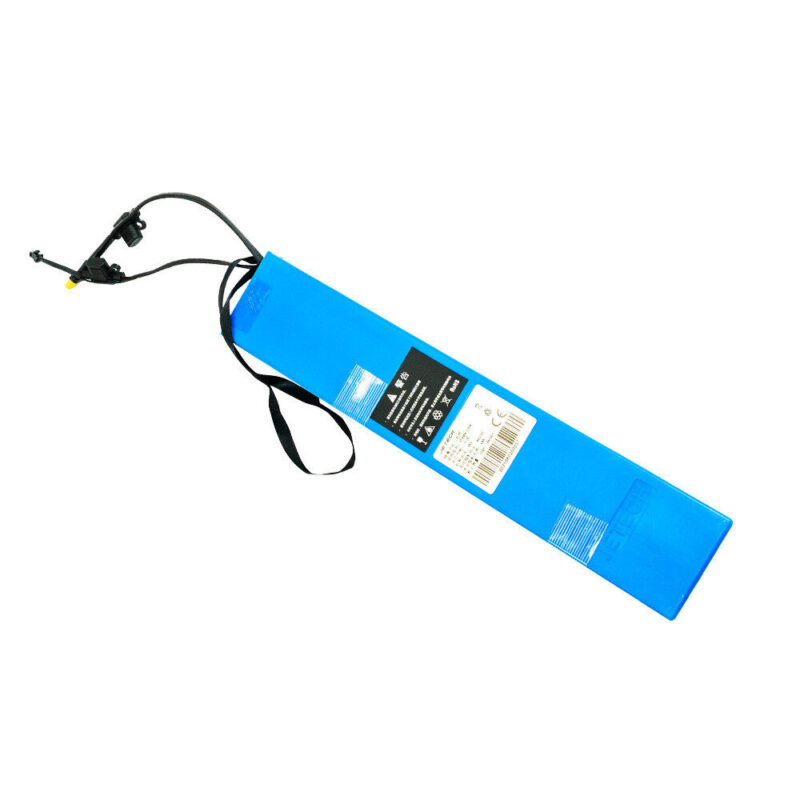
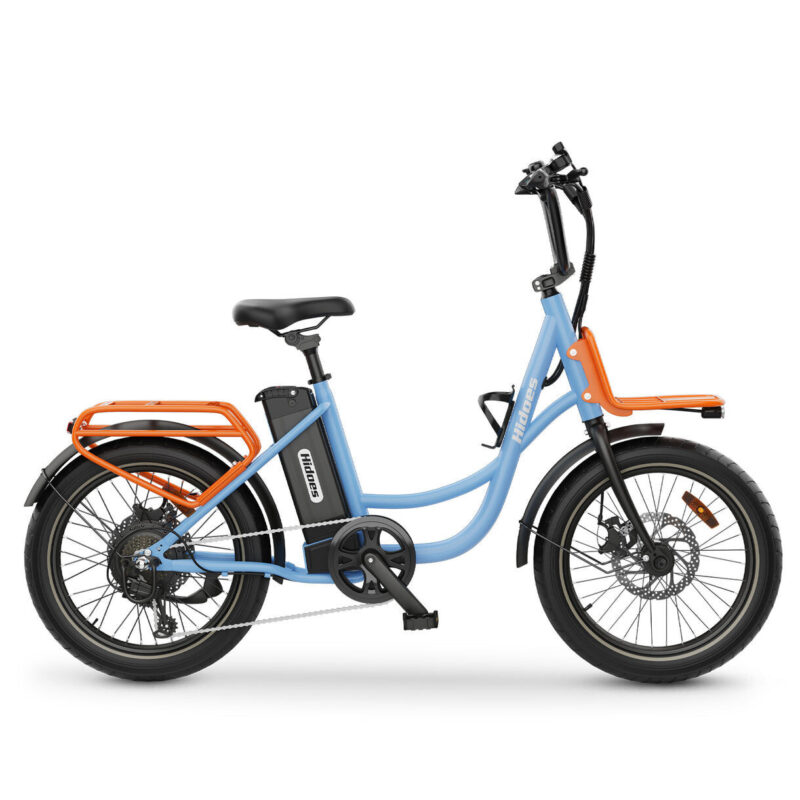
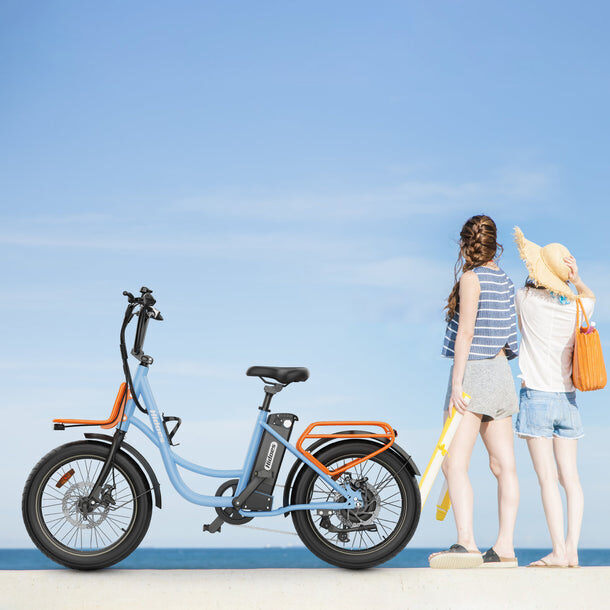
No es de extrañar que la batería de mi bicicleta eléctrica se haya deteriorado. Resulta que no he mantenido la batería adecuadamente.
Acabo de seguir el consejo de rotar las llantas en mi DYU FF500—¡ya puedo sentir la diferencia en el agarre! Ojalá lo hubiera sabido antes.